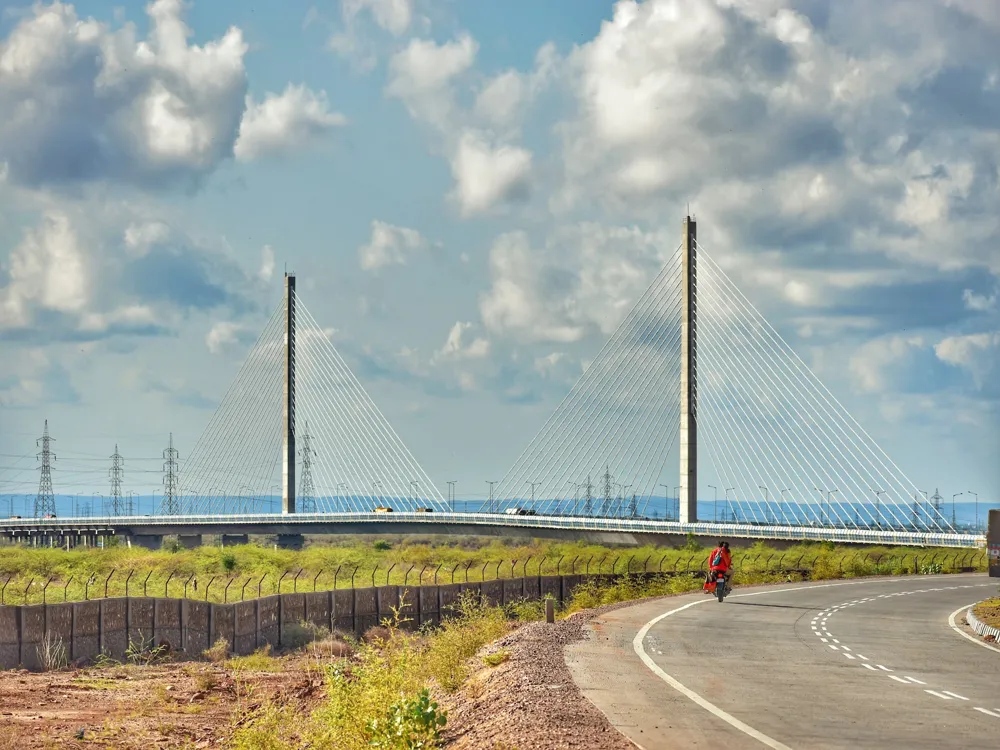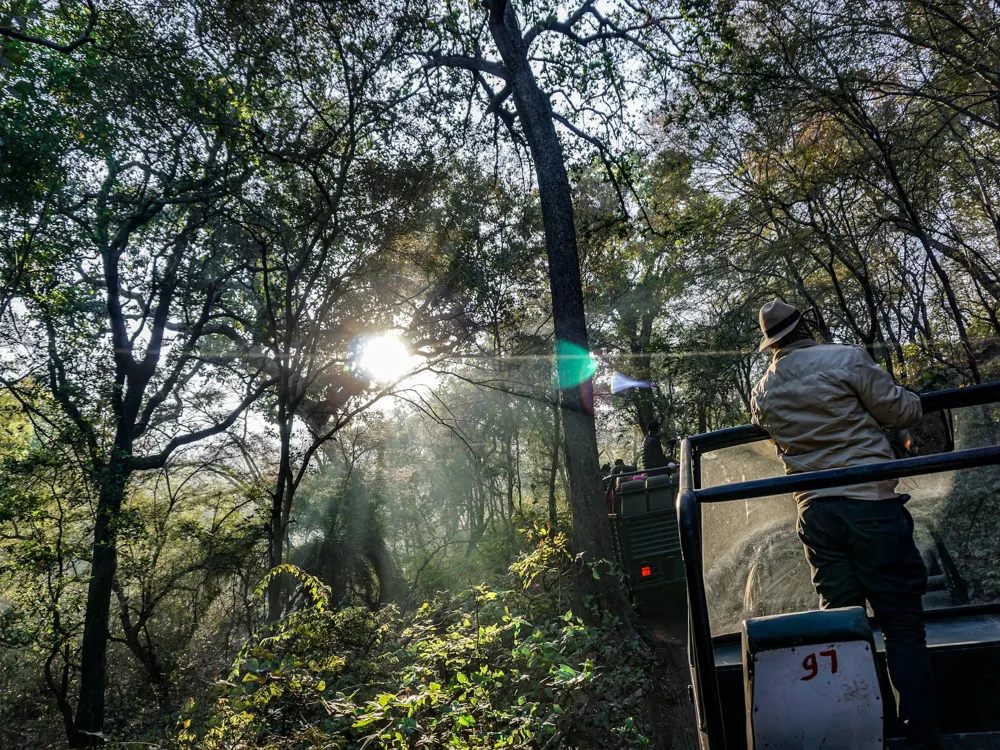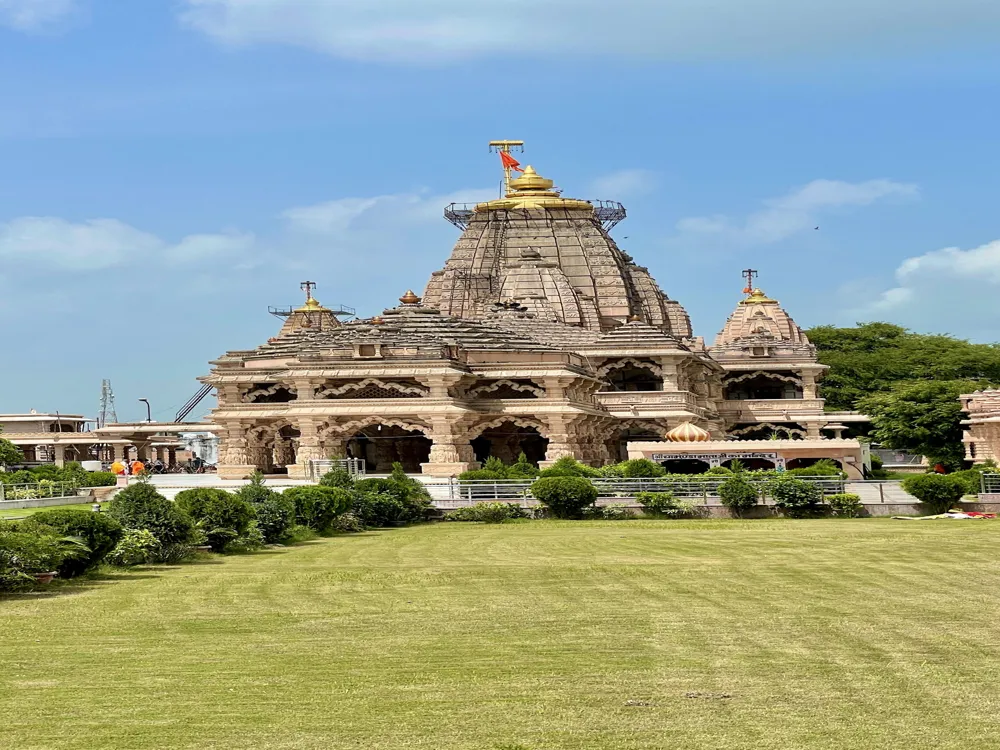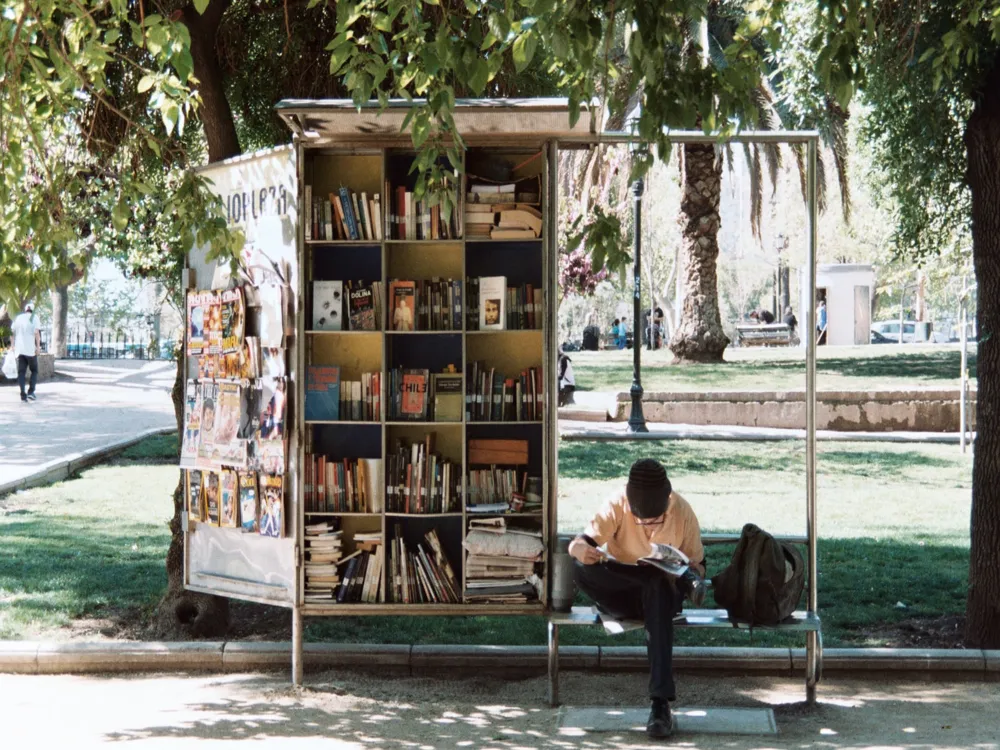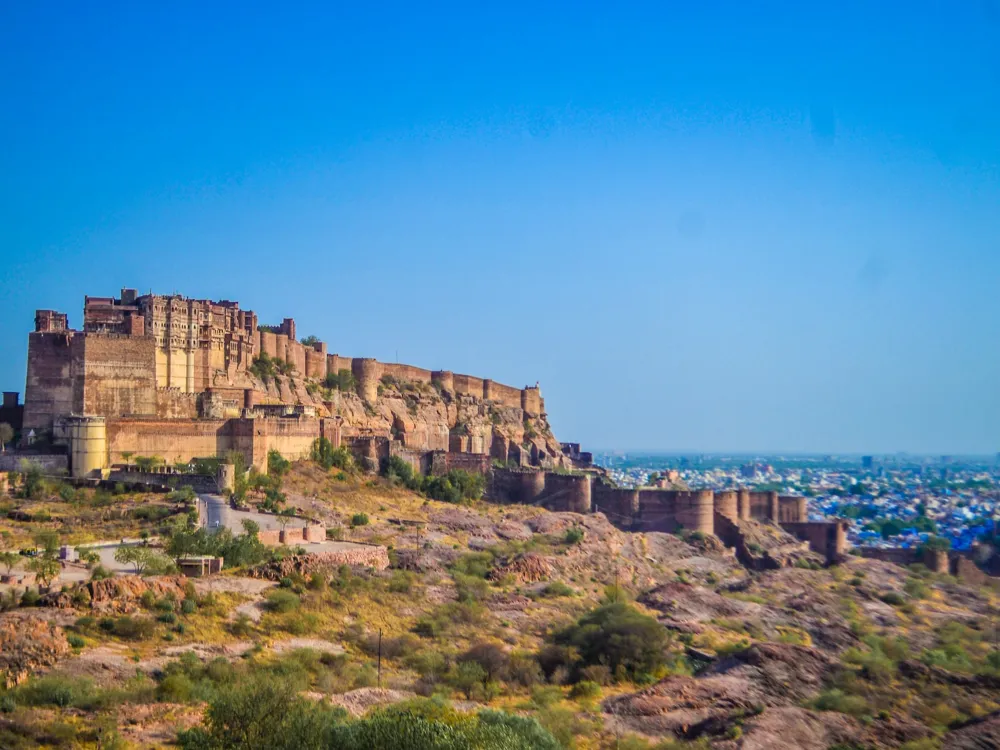Seven Wonders Park in Kota, Rajasthan, is a remarkable destination that offers a unique experience, blending the essence of the world's most iconic structures with the cultural richness of India. Established as a tribute to the architectural marvels across the globe, the park presents miniature versions of the Seven Wonders of the World, creating a surreal and educational environment for visitors of all ages. It's not just a park; it's a journey across continents and civilizations, right in the heart of Kota. This overview explores the park's conception, attractions, and significance, drawing tourists to this lesser-known gem in Rajasthan. The inception of Seven Wonders Park stems from the vision of bringing the world's architectural marvels to the doorstep of the Indian populace. It was developed by the Urban Improvement Trust of Kota with the intention of providing an educational yet entertaining experience. Each structure within the park has been meticulously crafted, capturing the essence of the original wonders while infusing them with local craftsmanship and materials. This blend of global and local elements makes the park not only a symbol of global unity but also a testament to Indian ingenuity and artistry. At the heart of the park are the miniatures of the Seven Wonders of the World: the Great Pyramid of Giza, the Colosseum, the Statue of Christ the Redeemer, the Eiffel Tower, the Leaning Tower of Pisa, the Taj Mahal, and the Statue of Liberty. Each model is a scaled-down replica, offering a glimpse into the architectural complexities and historical significance of these wonders. Visitors can marvel at the detailed craftsmanship, take pictures, and learn about the history and cultural context of each structure, making the park an educational hub. The miniature of the Great Pyramid of Giza in the park is not just a model; it's a storytelling canvas. It reflects the ancient Egyptian civilization's advancements in architecture and their cultural beliefs surrounding death and the afterlife. The model enables visitors to appreciate the scale and complexity of the original wonder without having to travel to Egypt. The replica of the Colosseum stands as a testament to the Roman Empire's architectural prowess. It provides an opportunity to reflect on the historical events that took place within the walls of the original amphitheater, from gladiatorial contests to public spectacles. This model brings a piece of Brazilian spirit to Kota. It emphasizes the amalgamation of art, religion, and cultural identity, symbolizing peace and openness, a message that resonates well with the inclusive ethos of India. A symbol of love and architectural innovation, the Eiffel Tower replica in Seven Wonders Park allows visitors to experience a slice of Parisian charm. It highlights the ingenuity of human engineering and serves as a backdrop for countless photographs. This iconic structure, known for its unintended tilt, is recreated with precision, capturing the essence of Italian architectural style. It serves as a playful reminder of the imperfections that often accompany great achievements. The Taj Mahal replica in the park holds a special place, being a wonder from India itself. It showcases the Mughal architecture and reflects the story of love that led to its creation, resonating deeply with visitors. Representing freedom and democracy, the Statue of Liberty in the park brings the essence of American spirit to Indian soil, symbolizing a global village where ideas and values transcend borders. Seven Wonders Park serves as a cultural melting pot, bringing together diverse architectural styles and historical narratives. It stands as a beacon of learning, a place where history, art, and architecture converge. The park attracts not just tourists but also educators, students, and history enthusiasts, making it a vibrant part of Kota's cultural landscape. The architecture of Seven Wonders Park in Kota is a remarkable feat, integrating the distinct architectural elements of seven different wonders into a cohesive and harmonious landscape. This section delves into the architectural design, construction techniques, and materials used in replicating these iconic structures, showcasing the ingenuity and skill involved in bringing this ambitious project to life. The design philosophy of Seven Wonders Park revolves around the concept of 'unity in diversity.' The park seamlessly blends various architectural styles, from ancient Egyptian to modern American, in a single space. The layout is thoughtfully planned to ensure each replica is given its due prominence while maintaining a visual harmony across the park. This design approach not only creates an aesthetically pleasing environment but also facilitates a fluid visitor experience, allowing them to transition effortlessly from one wonder to another. The construction of the miniatures involved a combination of traditional and modern techniques. Local artisans and craftsmen were employed, ensuring that each model not only resembled the original wonder in appearance but also reflected the artistry and skill of Indian craftsmanship. The materials used were carefully chosen to withstand the local climate while also replicating the texture and color of the original structures. This innovative use of materials highlights the park's commitment to sustainability and respect for local resources. The model of the Great Pyramid of Giza was constructed using sandstone, chosen for its resemblance to the limestone used in the original pyramid. The construction process involved detailed study of the pyramid's dimensions and angles, ensuring an accurate representation. For the Colosseum, a combination of sandstone and concrete was used to mimic the original's travertine limestone. Artisans paid special attention to the amphitheater's iconic arches and intricate details, capturing its grandeur. The Christ the Redeemer replica required a delicate balance of artistic skill and structural engineering. The model was crafted with a mix of concrete and plaster, ensuring durability while capturing the statue's intricate details. The Eiffel Tower replica was an engineering challenge, requiring precision in replicating its iron lattice structure. A steel framework was used, coated with weather-resistant materials to mimic the iron's texture and sheen. Replicating the lean of the Tower of Pisa required careful calculation. The structure was built with a slight tilt, using reinforced concrete to ensure stability while maintaining the iconic lean. The Taj Mahal model, being an Indian architectural marvel, demanded high precision. White marble and intricate inlay work were used, reflecting the craftsmanship of the Mughal era. The Statue of Liberty was recreated using a combination of plaster and green patina paint, to replicate the original's copper appearance. The model captures the statue's symbolic essence, portraying its iconic torch and crown. The landscaping around the miniatures is carefully designed to complement the architectural styles. Green spaces, water bodies, and walkways are integrated to create a serene and inviting atmosphere. Environmental sustainability was a key consideration in the park's design, with efforts made to use eco-friendly materials and maintain green cover. Although Seven Wonders Park is open year-round, the best time to visit is between October and March, when the weather is cooler and more pleasant for outdoor activities. Bring a good camera to capture the intricate details of the miniatures. Early morning and late afternoon offer the best natural lighting for photography. Consider taking a guided tour to gain deeper insights into the history and architecture of the miniatures. Many local guides offer informative tours of the park. The park is equipped with basic amenities like restrooms, food stalls, and seating areas. Plan ahead for a comfortable visit. Seven Wonders Park is wheelchair accessible, ensuring that it is a destination for all visitors. Online Search: Use a search engine to look for the specific "Seven Wonders Park" you're interested in. Include the city or country name for more accurate results. Tourist Information: Contact the local tourist information office of the city or region where the park is located. They can provide details on how to reach the destination, including public transportation options, taxi services, or directions for driving. GPS/Navigation Apps: If you have the exact address of the park, you can use navigation apps like Google Maps, Apple Maps, or Waze to get directions. Simply input the address, and the app will provide you with step-by-step instructions. Public Transportation: If the park is in a city, you may be able to use public transportation such as buses, trains, or subways. Check local public transportation schedules and routes. Taxi or Ride-Sharing Services: If public transportation is not convenient, consider taking a taxi or using a ride-sharing service to reach the destination. Make sure to have the park's address ready for the driver. Read More:Overview of Seven Wonders Park, Kota, Rajasthan
Conception and Development of Seven Wonders Park
Attractions: Miniatures of World Wonders
The Great Pyramid of Giza
The Colosseum
Statue of Christ the Redeemer
The Eiffel Tower
The Leaning Tower of Pisa
The Taj Mahal
The Statue of Liberty
Significance and Cultural Impact
Architecture of Seven Wonders Park
Design Philosophy and Integration
Construction Techniques and Materials
Replicating the Great Pyramid of Giza
Recreating the Colosseum
Christ the Redeemer: A Blend of Art and Engineering
The Eiffel Tower's Miniature Marvel
Emulating the Leaning Tower of Pisa
Meticulously Crafting the Taj Mahal
Statue of Liberty: Symbolic Representation
Landscaping and Environmental Considerations
Tips When Visiting Seven Wonders Park
Best Time to Visit
Photography Tips
Guided Tours
Facilities and Amenities
Accessibility
How To Reach Seven Wonders Park
Seven Wonders Park
Kota
Rajasthan
NaN onwards
View kota Packages
Weather :
Label : Must Visit
Tags : Garden & Park
Timings : 4:30 PM - 10:00 PM
Time Required : 1-2 hrs
Entry Fee : INR 2
Planning a Trip? Ask Your Question
Kota Travel Packages
View All Packages For Kota
Top Hotel Collections for Kota

Private Pool

Luxury Hotels

5-Star Hotels

Pet Friendly
Top Hotels Near Kota
Other Top Ranking Places In Kota
View All Places To Visit In kota
View kota Packages
Weather :
Label : Must Visit
Tags : Garden & Park
Timings : 4:30 PM - 10:00 PM
Time Required : 1-2 hrs
Entry Fee : INR 2
Planning a Trip? Ask Your Question
Kota Travel Packages
View All Packages For Kota
Top Hotel Collections for Kota

Private Pool

Luxury Hotels

5-Star Hotels

Pet Friendly







